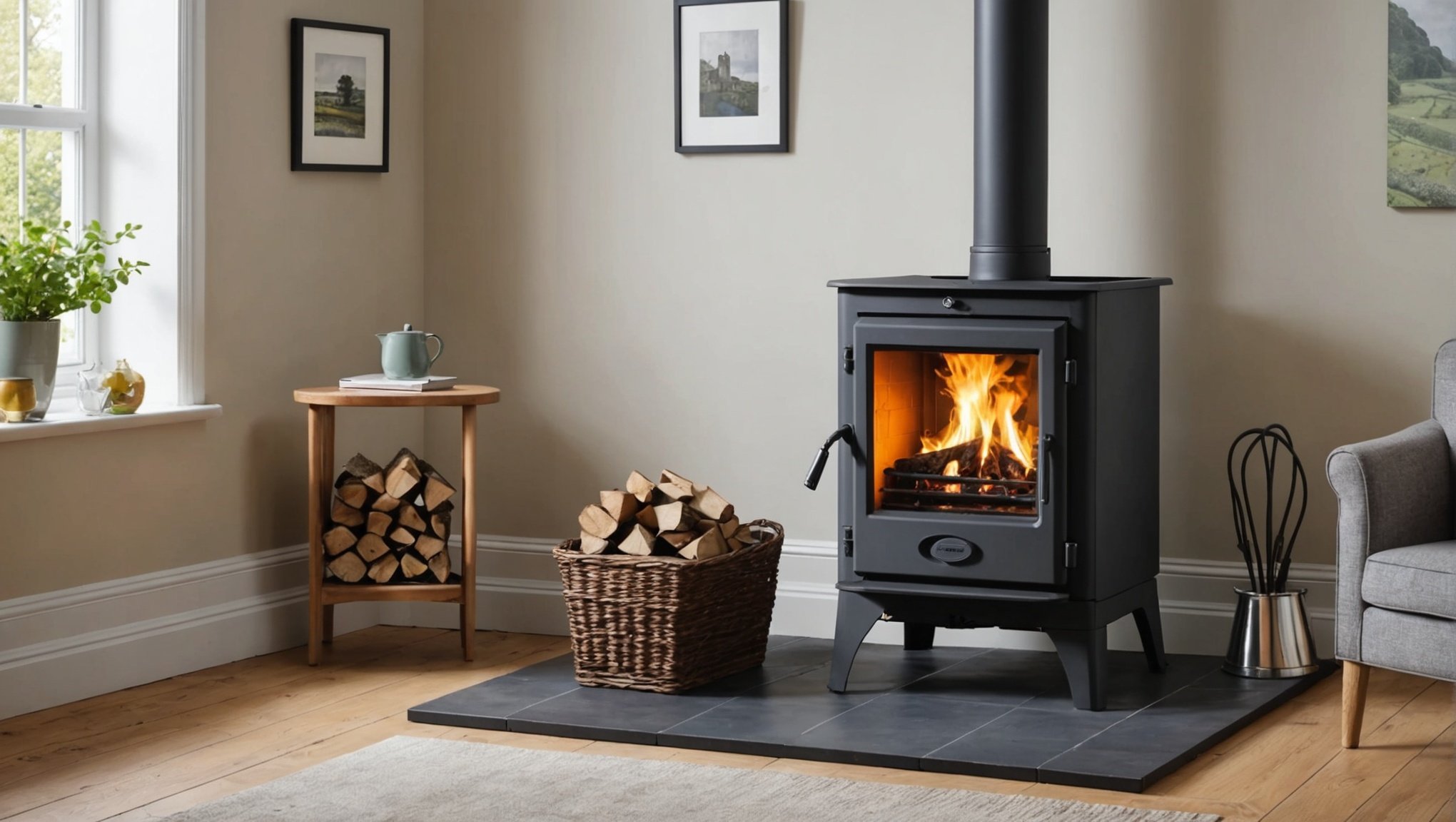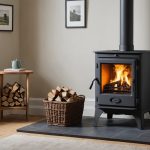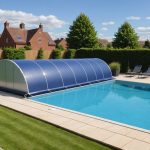As eco-conscious living becomes increasingly important, choosing the right log burner for your Peak District getaway can enhance both comfort and sustainability. This guide explains how to select an eco-friendly log burner that suits your needs while minimizing environmental impact. From understanding emissions standards to installation tips, discover practical solutions that blend efficiency with style, ensuring your retreat remains a cozy and responsible sanctuary.
Criteria for Choosing Eco-Friendly Log Burners
Selecting the right eco-friendly log burners involves understanding key features and considerations. These sustainable heating solutions are designed to minimize environmental impact while providing efficient warmth.
A lire aussi : Choosing the Perfect Compost for Your Container Garden in a Manchester Flat: A Guide for Urban Gardeners
When evaluating eco-friendly log burners, the energy efficiency ratings are paramount. Higher ratings indicate better heat output with less fuel consumption, translating to reduced energy costs and a smaller carbon footprint. Look for models that meet or exceed industry standards for efficiency to ensure optimal performance.
Another critical factor is the emissions profile of the log burner. Low-emission models are designed to release fewer pollutants, contributing to cleaner air quality. Assessing the environmental impact of a log burner involves examining its emissions levels, ensuring they align with regulations and personal sustainability goals.
En parallèle : Essential Tips for Proper Septic Tank Maintenance in Your Rural English Home
Moreover, it's essential to understand the materials and construction of the log burner. Opt for units made from sustainable materials that offer durability and longevity. This not only supports eco-friendly practices but also ensures that the investment lasts for years.
By considering these criteria, you can choose an eco-friendly log burner that aligns with both environmental values and heating needs, promoting a sustainable lifestyle.
Installation Tips for Log Burners
When it comes to log burner installation, following proper guidelines is crucial to ensure safety and efficiency. Understanding the process and key safety measures can make the installation smooth and stress-free.
Step-by-Step Guide to Installing a Log Burner
-
Choose the Location: Select a spot with adequate ventilation and clearance from combustible materials. This is vital for safe operation.
-
Prepare the Area: Ensure the floor is non-combustible. A hearth pad can be installed for additional safety.
-
Install the Flue System: This is essential for venting smoke safely. Follow manufacturer instructions closely or consult a professional.
-
Position the Log Burner: Place it on the prepared hearth, ensuring it’s level and stable.
-
Connect the Flue: Securely attach the flue to the burner and ensure all joints are sealed properly.
Key Safety Considerations
- Maintain a safe distance from walls and furniture.
- Install smoke and carbon monoxide detectors nearby.
Professional Installation vs. DIY
While DIY installation might seem cost-effective, hiring a professional ensures compliance with installation guidelines and enhances safety. Professionals are adept at managing complex safety measures, reducing the risk of errors.
Understanding Local Regulations and Guidelines
Navigating local regulations for log burners is essential to ensure compliance and avoid penalties. Each region, like the Peak District, has specific guidelines governing the installation and operation of log burners. These regulations are in place to protect the environment and ensure public safety.
Overview of Relevant Local Regulations
Local regulations often dictate the type of log burners permissible, emissions limits, and installation requirements. For example, the Peak District guidelines may require specific emissions standards to preserve air quality. It's crucial to be aware of these rules before purchasing or installing a log burner.
Ensuring Compliance with Environmental Standards
To ensure compliance, verify that your log burner meets the necessary compliance requirements. This includes checking emissions ratings and ensuring the installation adheres to local building codes. Non-compliance can lead to fines or the need to remove improperly installed units.
Resources for Checking Local Building Codes
Consult local authorities or online resources for up-to-date information on building codes and regulations. Many regions offer detailed guides and contact information for queries. Engaging with local experts or professionals can also provide valuable insights into meeting all regulatory requirements.
Energy Efficiency and Environmental Benefits
Understanding the energy efficiency of various log burner models is crucial for making informed decisions. Models with higher energy efficiency ratings convert more fuel into heat, thus using less wood and reducing costs. This not only saves money but also minimizes the environmental impact by lowering the carbon footprint.
Comparing Log Burner Models
When comparing log burners, focus on those that offer sustainable heating with high efficiency. Check for certifications that guarantee compliance with industry standards. Eco-friendly models often feature advanced combustion technology, maximizing heat output while minimizing emissions.
Long-Term Environmental Benefits
Choosing an eco-friendly log burner contributes to significant environmental benefits over time. These models produce fewer pollutants, improving air quality and supporting sustainability efforts. By investing in such options, you also align with global initiatives aimed at reducing environmental degradation.
Tips for Optimizing Energy Use
To further enhance energy efficiency, ensure your log burner is regularly maintained. Clean the flue and replace worn-out parts to maintain optimal performance. Additionally, using seasoned wood with low moisture content improves combustion efficiency, offering a more sustainable heating solution.
Maintenance and Aesthetic Integration
Ensuring your log burner's longevity involves regular maintenance and thoughtful integration into your home's décor. Proper care not only extends its life but also enhances its performance.
Essential Maintenance Tips
Regular log burner maintenance is crucial. Begin by cleaning the flue to prevent blockages and ensure efficient smoke expulsion. Check seals and gaskets periodically for wear and replace them as needed. Removing ash build-up from the firebox and inspecting the glass for cracks can prevent operational issues. These steps maintain safety and efficiency.
Aesthetic Integration into Home Décor
Integrating a log burner into your home décor in the Peak District can create a harmonious living space. Consider the room's colour palette and choose a log burner with a complementary finish. Encase the burner with a stylish hearth or surround that matches your interior theme. This not only elevates the room's aesthetic but also makes the log burner a focal point.
Recommendations for Aesthetic Appeal
For those prioritizing style, select models with sleek designs and modern finishes. Brands offering customisable options allow you to tailor the appearance to fit your unique style. This ensures your log burner is both functional and a beautiful addition to your home.
















